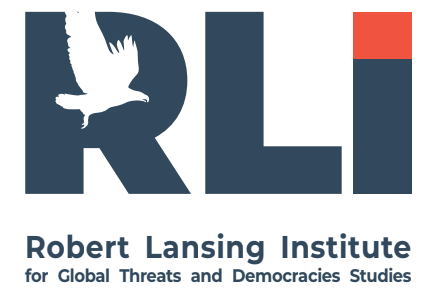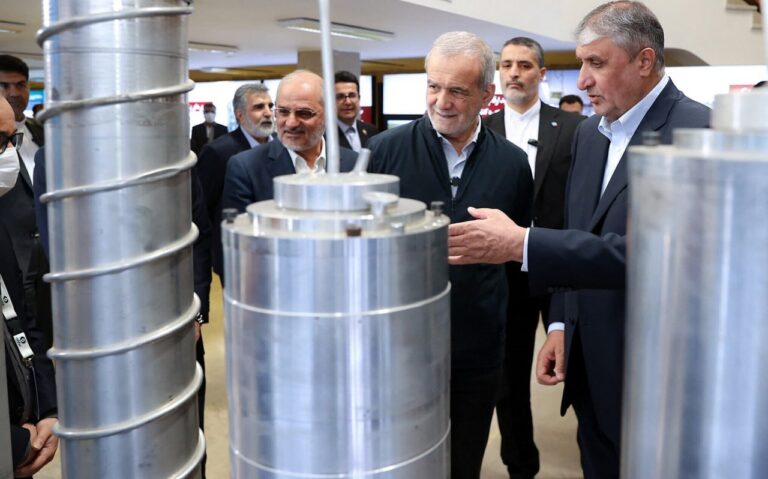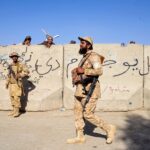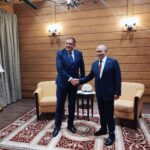On October 20, 2025, according to Kremlin spokesperson Dmitry Peskov, Russia declared its readiness to expand cooperation with Iran in all areas, emphasizing that Iran is already a strategic partner. The report noted that Russia maintains close relations with Iran and has condemned U.S. and Israeli strikes on Iranian nuclear facilities. Earlier in January 2025, Russia and Iran signed a strategic partnership agreement, albeit without mutual defense clauses. The two countries maintain robust military-technical cooperation. Russia supplies Iran with military equipment, while Iran supplies drones for the war in Ukraine and has helped set up drone production in Russia.
The Russian state nuclear company Rosatom signed a $25 billion agreement with Iran to construct four nuclear power reactors. For Russia, Iran holds strategic importance not only due to its massive oil production capacity but also as a powerful Middle Eastern actor with regional influence, and as a key partner for Moscow in technological and military sectors.
Since 1979, Washington has viewed Iran as a national security threat. Iran was designated by the U.S. as a state sponsor of terrorism in 1984. One of the greatest U.S. concerns remains Iran’s nuclear program. That concern led to the 2015 nuclear deal with the P5+1 (the permanent members of the UN Security Council plus the EU), which aimed to guarantee that Iran would refrain from developing nuclear weapons. Furthermore, Iran maintains control over several radical groups operating against Israel and other U.S. allies in the region. Theocratic leaders in Iran publicly call for the destruction of Israel and describe the U.S. as their principal adversary. On June 22, 2025, the U.S. launched major strikes on Iran’s nuclear facilities.
In this context, Russia’s statements about expanding cooperation with Iran appear not only provocative but also as open support for a major U.S. adversary. Iran, for its part, has officially declared its withdrawal from the 2015 nuclear deal.
Strategic Consequences:
If Iran faces less pressure or gains greater support from Russia, U.S. efforts to constrain Iran’s nuclear ambitions will become significantly more difficult.
- Deeper Russia-Iran cooperation lays the groundwork for joint operations against U.S. interests in military, cyber, and hybrid warfare domains.
- Expanding military-technical ties between Russia and Iran boosts both countries’ capabilities—particularly in drone, missile, and cyber technologies. Iran seeks aviation technologies to improve its aging air force.
- If Russia’s position deteriorates further, the Kremlin may consider transferring nuclear weapons production technology to Iran.
- Moscow may also exploit Iran’s capacity to carry out terrorist operations against U.S. interests via its proxy forces.
Iran’s Nuclear Program Expansion (2022–2025): Since 2022, Iran has sharply escalated its nuclear activities. In January 2023, IAEA inspectors detected uranium particles enriched to 83.7%—near weapons-grade—at the Fordow facility. Iran is now producing uranium enriched to 60% and has accumulated about 3,760 kg of this material by early 2025—enough for multiple nuclear weapons. Iran has dramatically accelerated enrichment rates and deployed advanced centrifuge cascades (e.g., ten IR-6 cascades at Fordow, totaling 1,740 machines).
Tehran has also effectively ended cooperation with the IAEA. In February 2021, Iran suspended implementation of the Additional Protocol to the JCPOA. By June 2022, it ordered IAEA surveillance cameras removed. In June 2025, parliament passed a law halting all inspections, and in July the IAEA officially withdrew. On October 18, 2025, Iran’s Foreign Ministry declared the end of the JCPOA after 10 years, ending all commitments under the deal.
Motivations: Iran’s leadership expressed dissatisfaction with the outcome of the JCPOA. Officials argue that the U.S. abandoned the deal in 2018 and reimposed sanctions, while European countries failed to deliver economic relief. Tehran claims the West “grossly violated” its obligations, leaving “no legal or moral basis” for Iran to comply. Talks in 2023–2024 with the U.S. (mediated by Oman) stalled—Tehran insisted on full enrichment rights and refused to negotiate its missile program. France and the U.S. demanded significant concessions; the E3 warned they could trigger the JCPOA’s snapback sanctions mechanism.
Internal political pressure also pushed Tehran toward a hardline stance. In June 2025, Iran’s parliament chanted “Death to America, Death to Israel” while debating inspection bans. The domestic media stoked narratives of external threats. Following the major U.S.-Israeli strikes on nuclear sites in June 2025, Iran threatened to leave the NPT and break off IAEA cooperation.
Russia’s Role: Russia has taken an ambivalent role. Initially, Moscow supported JCPOA revival, but in March 2022 it began demanding the lifting of sanctions against Russia as a condition for JCPOA progress. Since the war in Ukraine, Russia has done little to promote the deal and has instead blocked international pressure on Tehran. In November 2024, Russia and China opposed an IAEA resolution criticizing Iran’s non-cooperation. On October 1, 2025, Russia’s UN envoy stated Moscow “does not recognize” the snapback of UN sanctions.
At the same time, Russia has deepened civil nuclear ties with Iran. Rosatom signed new contracts to build nuclear reactors. Russia has sold Iran air defense systems and military aircraft in exchange for drones used in Ukraine. Analysts view this as part of a broader “tactical axis” between Russia, China, and Iran aimed at countering Western influence. Though no formal defense pact exists, this alignment offers Moscow leverage to distract the U.S. and secure influence in the Middle East.
International Reaction: Western powers responded forcefully. Reuters satellite images showed six craters on a mountain above Fordow after U.S. strikes in June 2025. Both Washington and Jerusalem declared their intent to halt Iran’s nuclear program. Germany’s foreign minister Annalena Baerbock warned of Iran’s escalation and called 60% enrichment unjustifiable. Israel’s FM Eli Cohen urged snapback sanctions and left “the military option on the table.” U.S. intelligence reiterated that Iran’s Supreme Leader has not yet decided to develop nuclear weapons but acknowledged the breakout time had dropped to about a week.
China urged restraint, condemned the U.S./Israeli strikes, and supported Iran diplomatically—including by voting against an IAEA resolution in June 2025. Russia similarly rejected sanctions and blocked UN Security Council efforts to reimpose restrictions. Syria and allied militias voiced support for Tehran. Gulf Arab governments called for dialogue and restraint.
Implications: The full withdrawal from JCPOA creates serious risks. IAEA estimates suggest Iran now has material sufficient for approximately four nuclear bombs, and breakout time has dropped to around one week. Regional arms races are likely: Saudi Arabia has previously warned that if Iran goes nuclear, it may pursue its own program. Even without a bomb, unchecked enrichment erodes the nonproliferation regime and undermines global trust.
U.S. and Israeli strikes in June 2025 already triggered a broader conflict (a “12-day war” with Iran). Further escalation could involve more intense missile exchanges or even a ground operation. Meanwhile, new alignments are forming: Israel deepens ties with Gulf allies, while Iran grows closer to Russia and China. The Russia–China–Iran triangle is becoming increasingly significant in regional dynamics, challenging U.S. dominance and drawing Western resources away. The resulting realignment could reshape Middle Eastern geopolitics into a polarized order, heightening instability.
Rosatom’s nuclear contracts may grant Iran greater autonomy from Western financial and political pressure, complicating sanctions enforcement. For the U.S., this means Iran will have more resources to channel into political or military ventures.

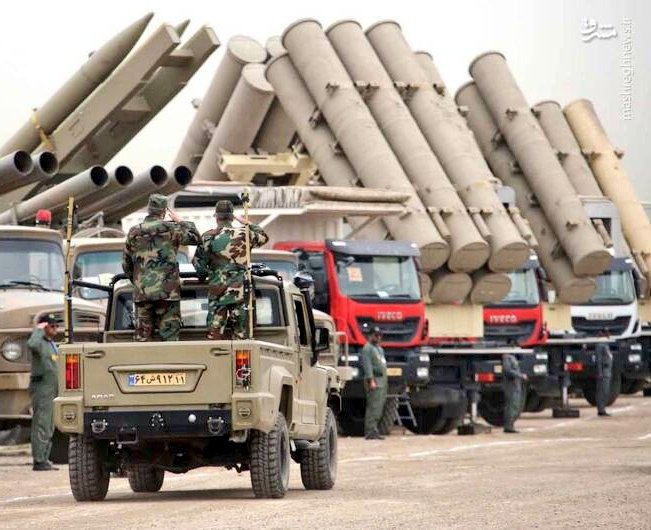
More on this story: Axis of Arms: Russia and Iran’s Expanding Shadow Trade”
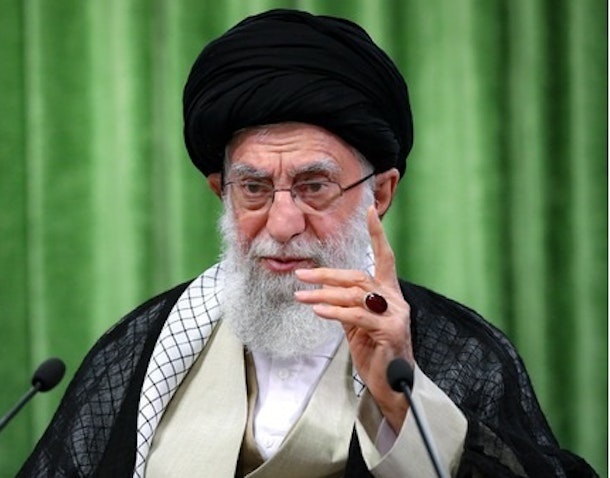
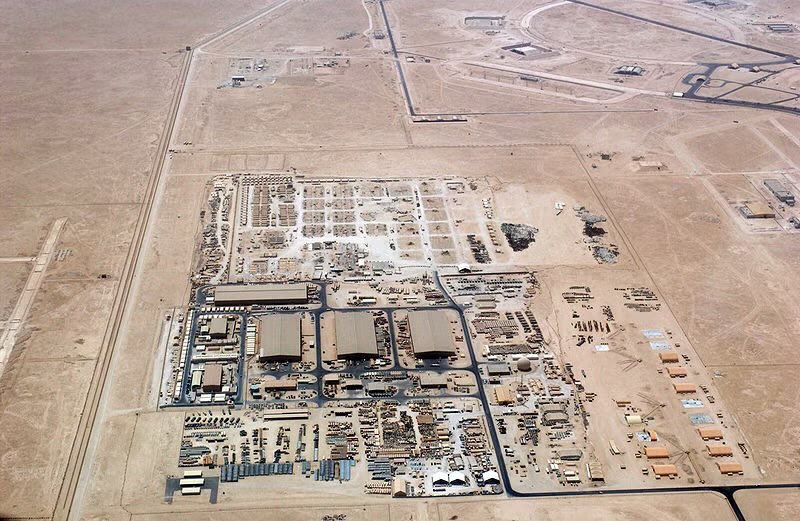
More on this story: INTELBRIEF: Russian Involvement in Iranian Strikes on U.S. Military Targets
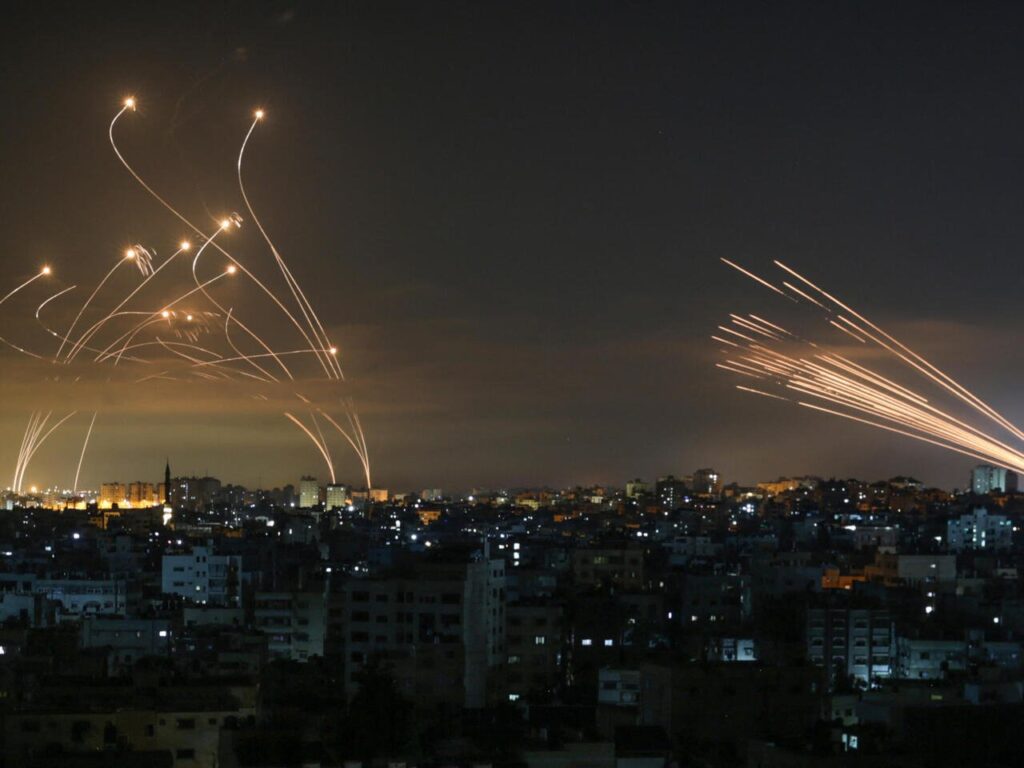
More on this story:Russia to further encourage Iran-Israel conflict
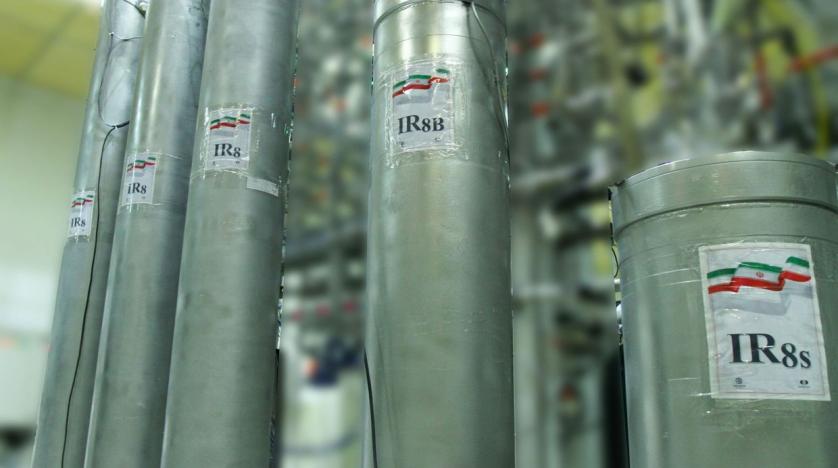
More on this story: Rosatom violates non-proliferation treaty in Iran
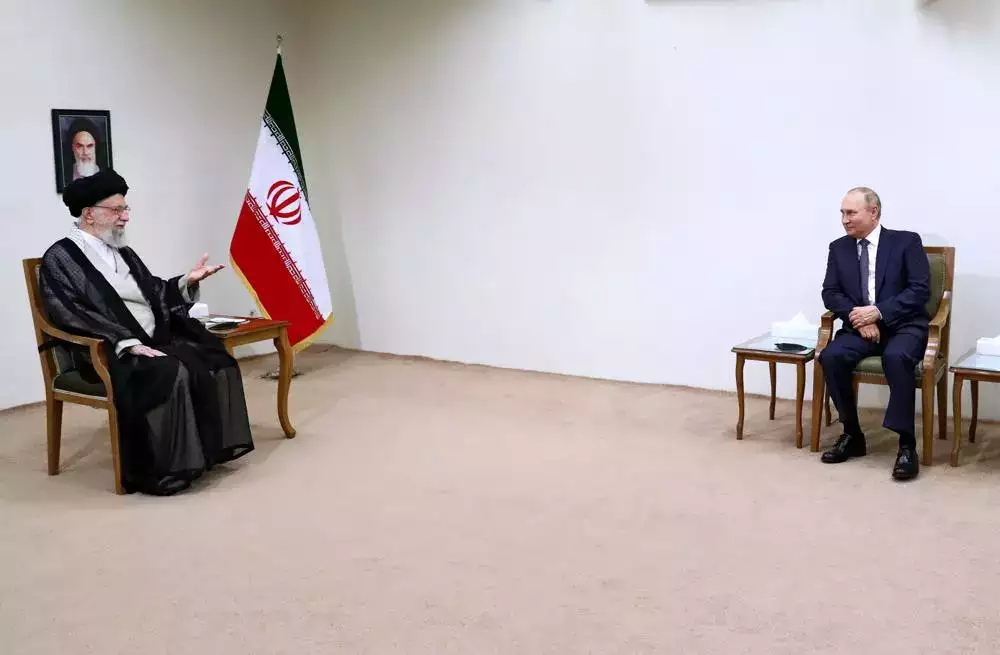
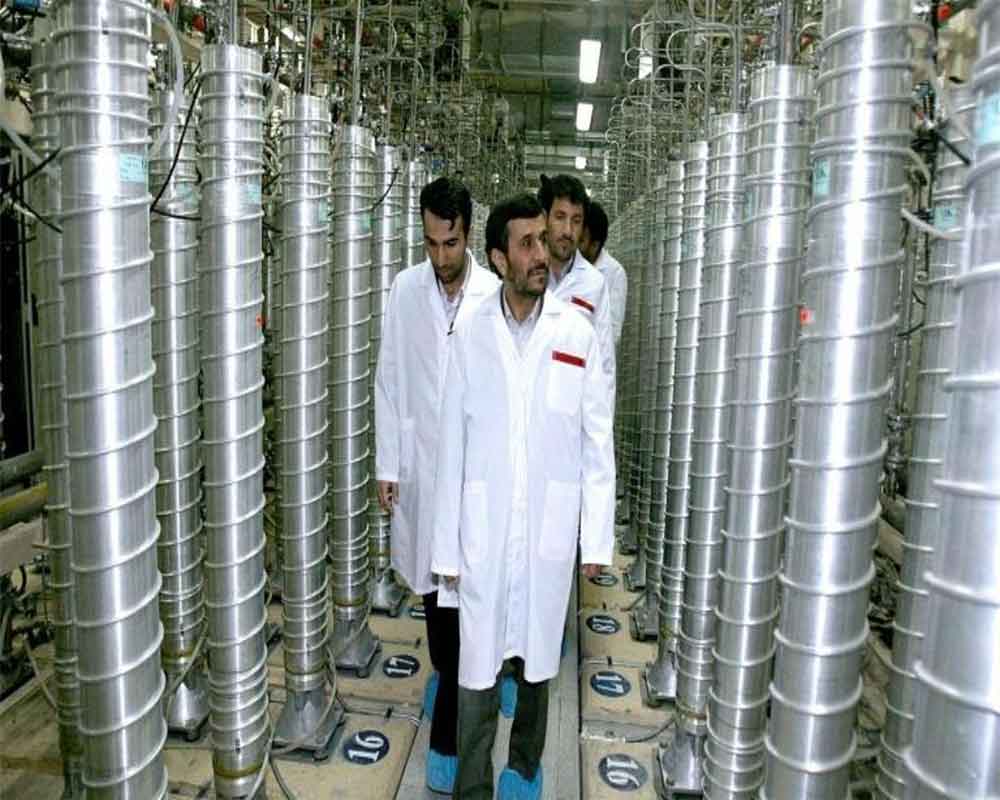
More on this story: The Return of the Brinkmanship Strategy in the Iranian Nuclear Crisis
